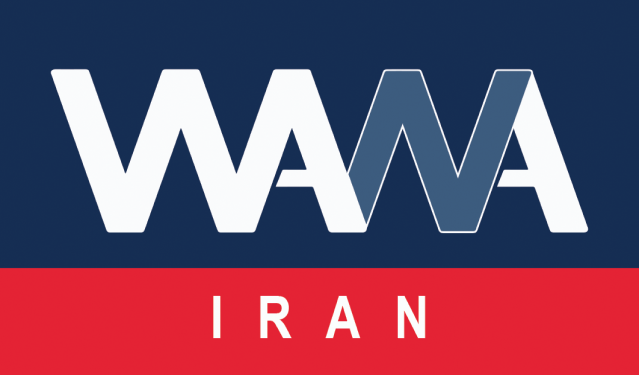Persian Colors: A Global Legacy of History and Art
WANA (Feb 14) – In the depths of Iran’s ancient history, colors have played a role far beyond aesthetics—they have served as symbols of culture, art, and national identity.
Each hue tells a story of the Persian land, from the turquoise domes of Isfahan’s mosques to the rich pomegranate red of Kerman’s carpets.
In this article, we embark on a vibrant journey through Iran’s authentic colors—shades you may have encountered without realizing they are globally recognized as part of Iran’s rich heritage.
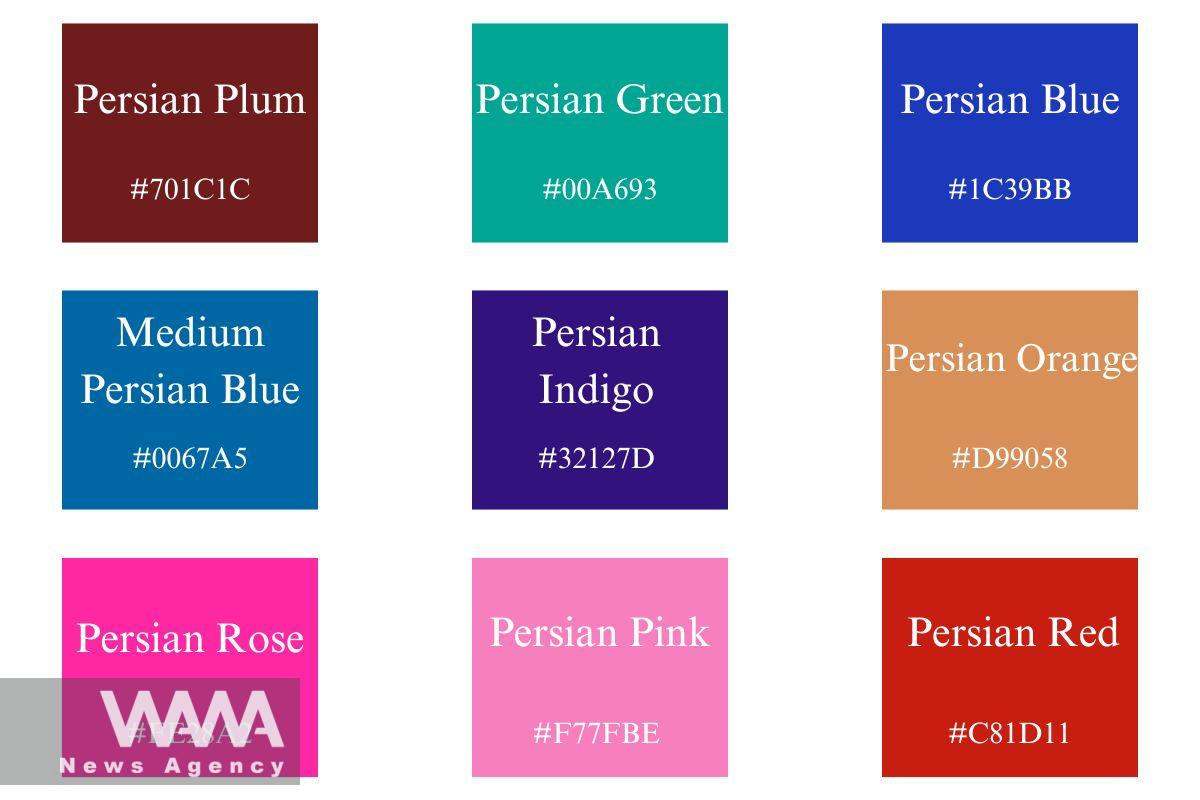
List of Persian Colors:
- Persian Green (Turquoise): A mix of green and blue, one of the most iconic colors in Iranian art and culture.
- Persian Blue: A deep lapis lazuli shade inspired by Persian tilework, representing cultural richness.
- Medium Persian Blue: A blend of green, blue, and white, symbolizing nature and spirituality.
- Persian Indigo: A deep, mysterious hue found in Persian textiles and carpets.
- Persian Pink: A soft, delicate shade with a special place in Iranian art and architecture.
- Persian Rose: Inspired by the Damask rose, ranging between pink and magenta, evoking freshness and elegance.
- Persian Red: A warm, vibrant color widely used in Persian carpets and traditional clothing.
- Persian Orange: A rich ochre shade used in dyeing and pottery, reflecting the warmth of Iran’s landscape.
- Persian Plum: A deep red-brown hue seen in traditional Persian architecture and carpets.
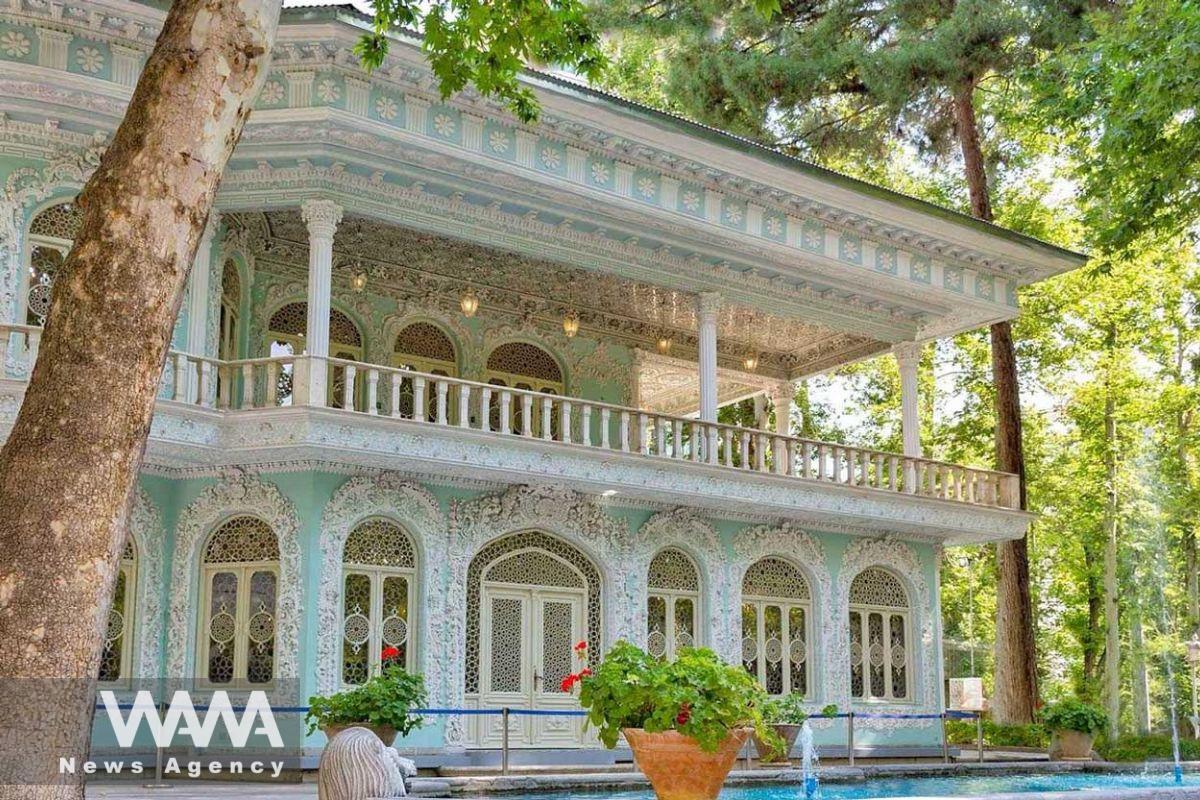
Time Museum, Tehran. Social media/ WANA News Agency
Colors in Iranian Art and Architecture
Colors play a vital role in Iranian art and architecture, with shades like blue, red, and turquoise frequently appearing in tilework, Persian carpets, and historical monuments. Beyond their aesthetic appeal, these colors carry deep cultural and spiritual meanings.
For instance, Iranian Blue (Lapis Lazuli) is a signature color in Persian tilework, symbolizing the sky and Iran’s spiritual worldview. In Sheikh Lotfollah Mosque, the combination of blue and gold tiles creates a profound and sacred atmosphere. Similarly, in Golestan Palace, vibrant colors such as red and green adorn its intricate decorations, reflecting the grandeur of Persian heritage.
These colors also feature prominently in Persian carpets, such as those from Kerman and Tabriz, which are globally renowned. Rich hues like pomegranate red, turquoise, and golden yellow are skillfully woven together, showcasing the artistic mastery and deep cultural essence of Iran.
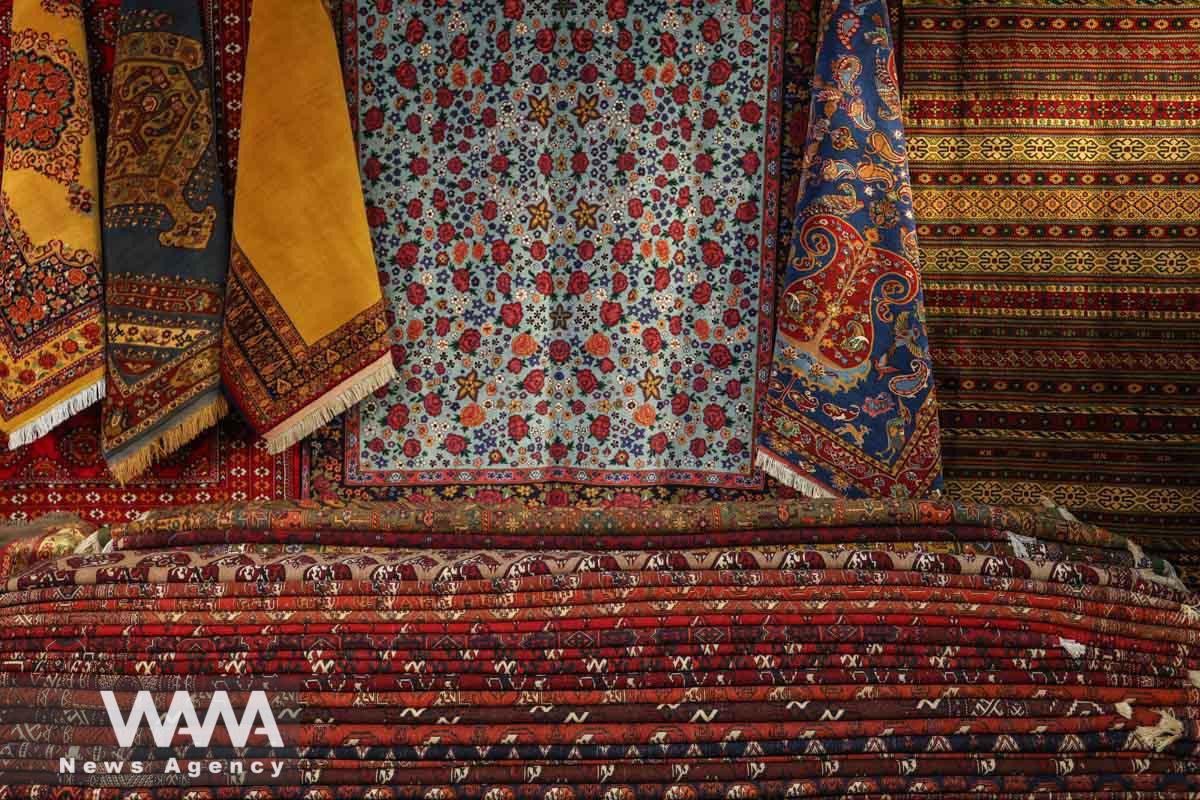
Carpets are seen during the 30th Handmade Carpet Exhibition in Tehran, Iran August 26, 2023. Majid Asgaripour/WANA (West Asia News Agency)
Colors in Traditional Iranian Clothing
Traditional Iranian clothing varies across different regions, with each area incorporating unique colors that reflect its cultural and ethnic identity.
In northern Iran, particularly in Gilan and Mazandaran, traditional attire is designed with bright and lively colors such as red, green, blue, and yellow, symbolizing vitality and a deep connection with nature.
In Kurdistan, traditional clothing features warmer and darker tones like black and red, representing the region’s rich history and cultural heritage.
In southern Iran, particularly in Hormozgan and Bushehr, traditional garments often incorporate light and natural colors such as white and blue, harmonizing with the coastal environment and reflecting the region’s proximity to the sea.
In Iranian culture, each color carries symbolic meanings, often representing elements of nature, life, and religious beliefs. One of the most significant colors is:
Red: A symbol of love, passion, and excitement in Iranian tradition. It is widely used in special ceremonies, such as weddings and celebrations, where it represents joy and prosperity.
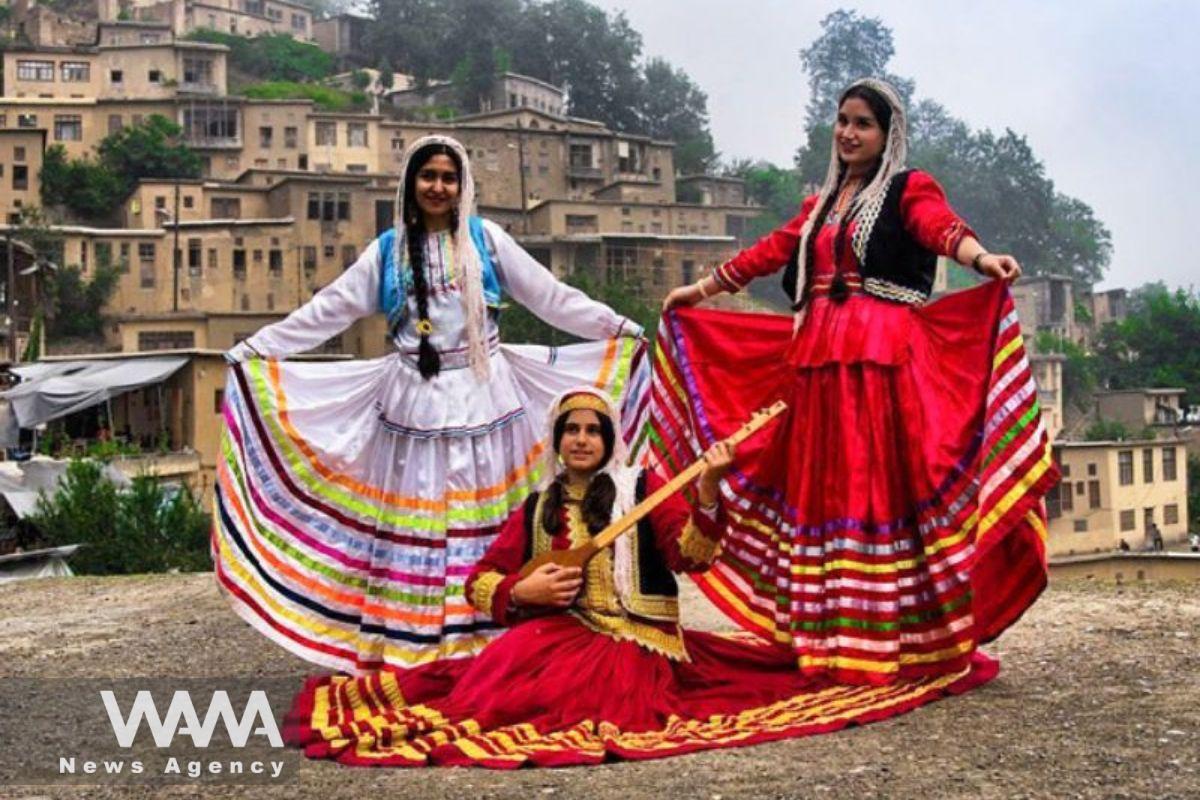
Iranian Traditional clothes. Social media/ WANA News Agency
Green: In Iran, green symbolizes growth, nature, and life. This color is often used in mosque architecture and religious attire, closely associated with spiritual concepts.
Blue: Blue is recognized as a color of tranquility, symbolizing the sky and water. It is especially prominent in tilework and Islamic architectural decorations.
Turquoise: This color, resulting from a blend of green, blue, and white, holds special significance in Iranian culture. In Persian carpets and pottery, turquoise represents beauty and the sky. Nishapur turquoise pottery, which dates back to the Seljuk period, is a beautiful example of this color used in Iranian art.

Mehregan Festival: Cultural Heritage of Ancient Iran in Greek Texts
WANA (Jan 09) – The Mehregan Festival is one of the oldest and most prominent Iranian festivals, with a history that spans thousands of years. This festival, held in honor of the god Mithra (the angel of covenant, friendship, and love), symbolizes the celebration of the covenant, friendship, and nature. Like Nowruz, Mehregan has […]
Colors in Celebrations and Rituals
Colors also hold a special place in Iranian celebrations and rituals. During Nowruz (the Persian New Year), the Haft-Seen table is decorated with various colors, including green (Sabzeh), red (apple), and more. These colors not only add beauty but also represent nature, life, and the renewal of the new year.
In wedding ceremonies, vibrant and energetic colors such as red, pink, and gold are used in clothing and decorations, symbolizing love and happiness in the new life ahead.
Colors in Iran have also been influenced by various historical and social periods. During the Safavid era, the use of vibrant and captivating hues like turquoise and gold became common in art and architecture. In the Qajar period, hues such as pink and purple were more prominent in tilework and carpets.
